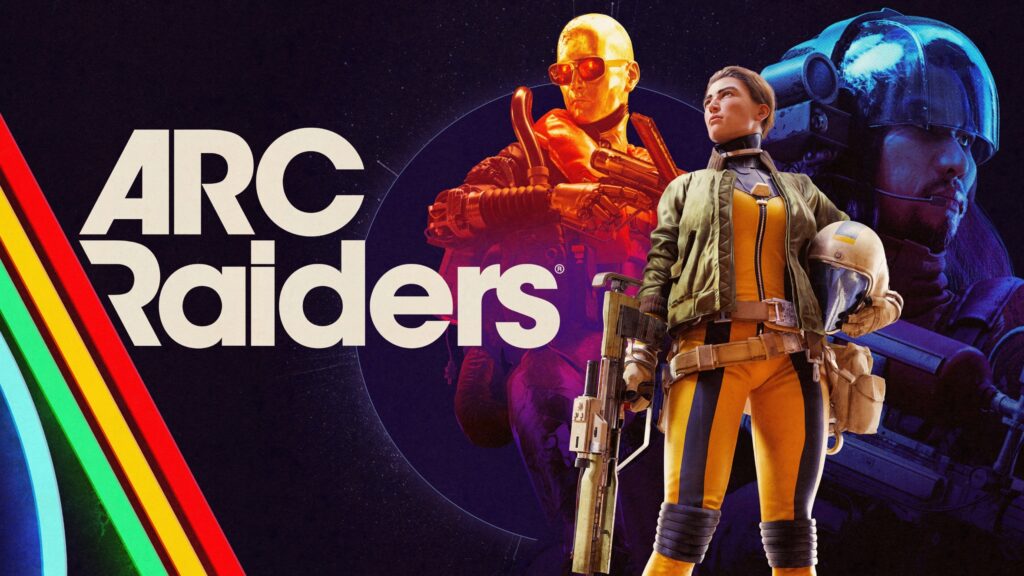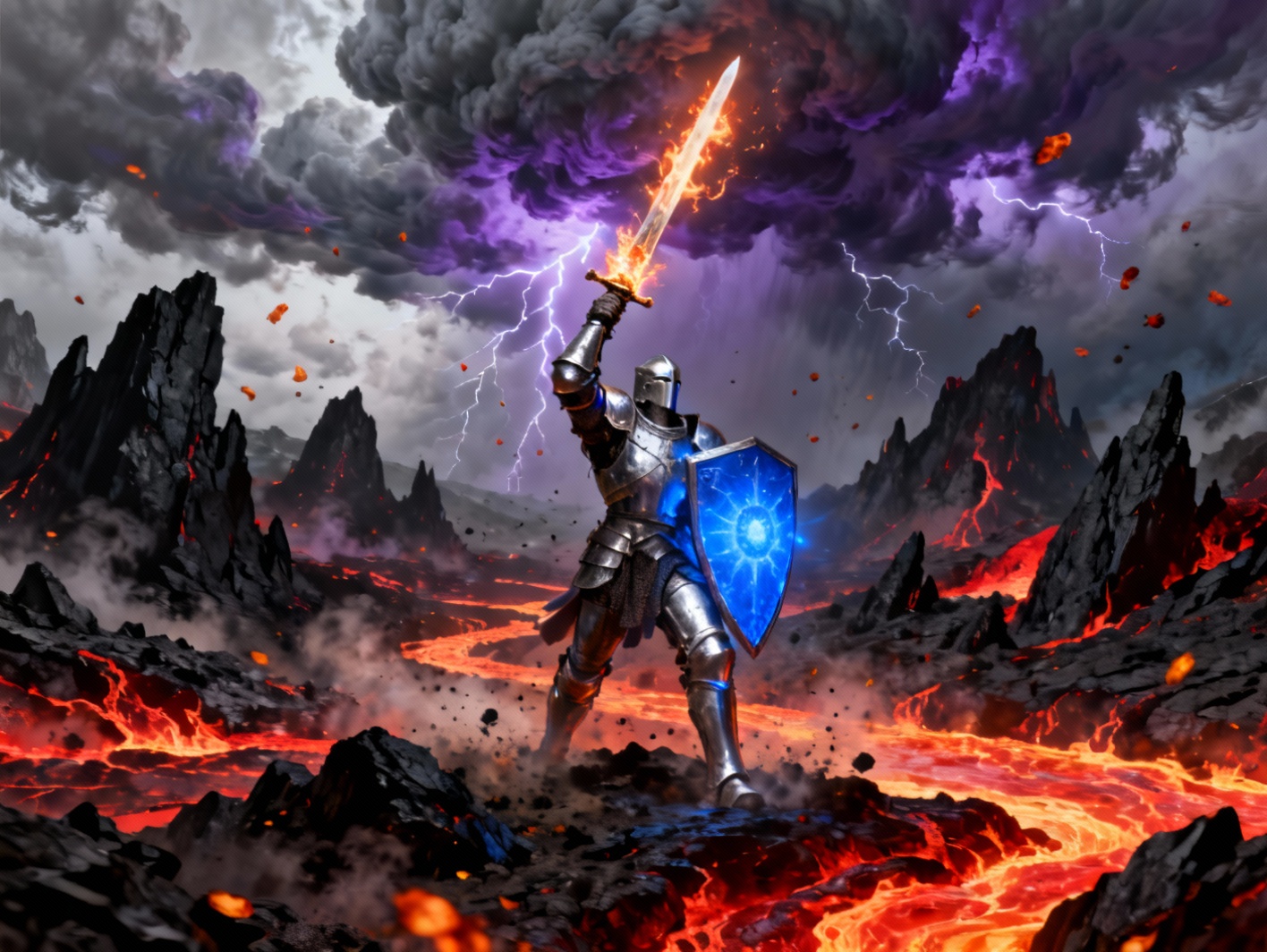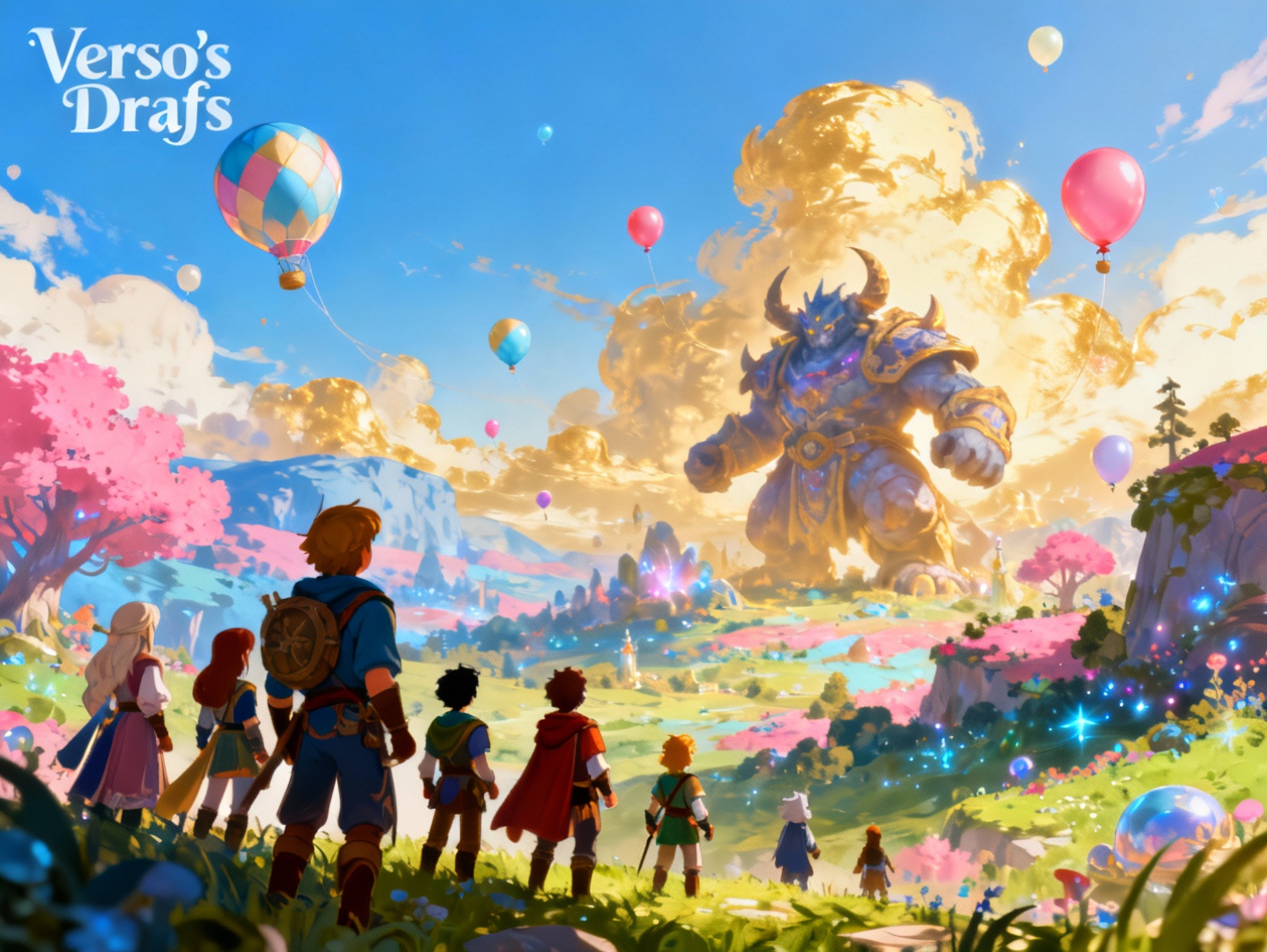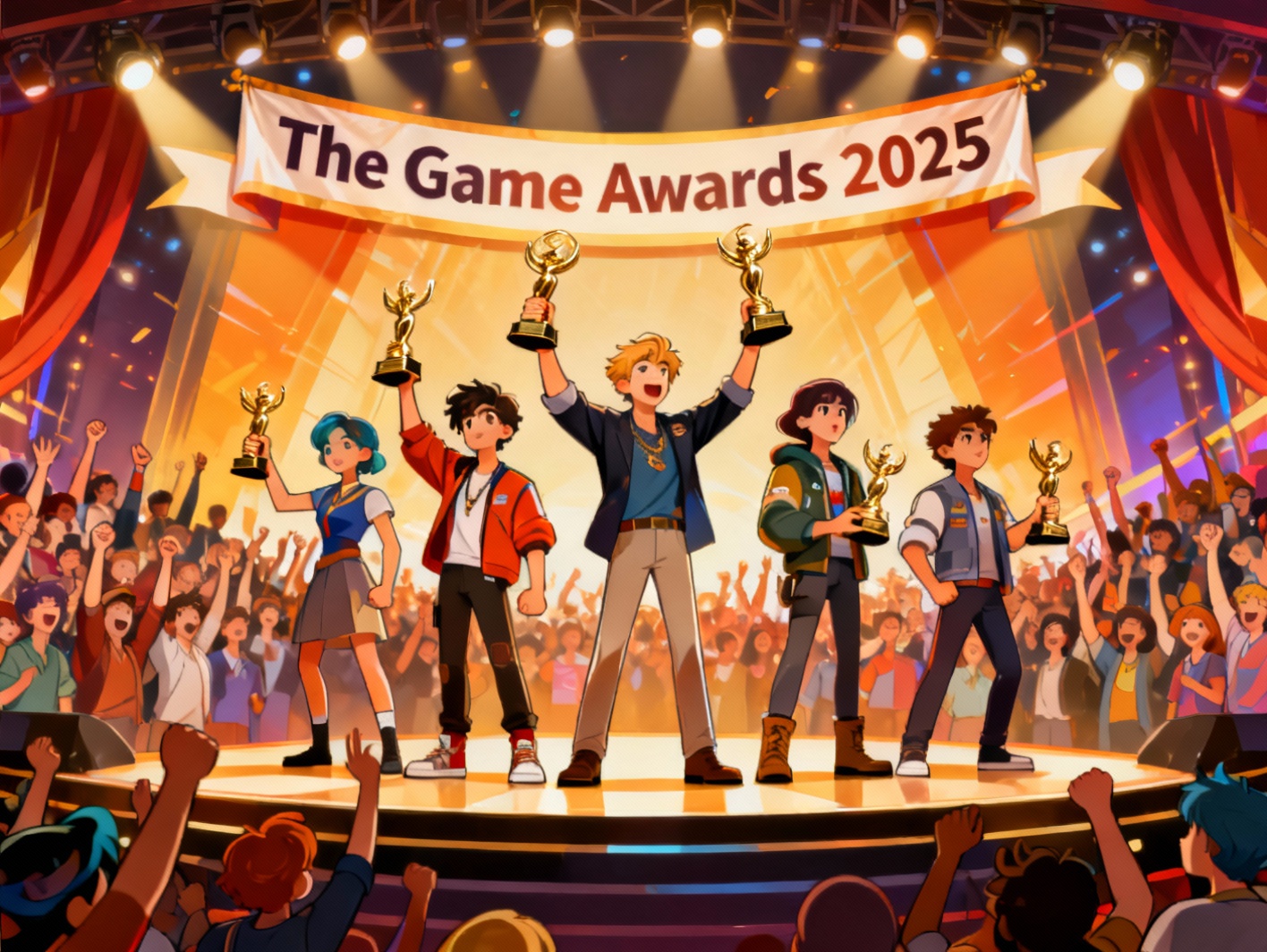
Table of Contents
- Introduction
- The Genesis of ‘Arc Raiders’: A Vision for Originality
- A Child’s Sarcasm: Reflecting Industry Challenges
- Navigating a Crowded Genre: The Sci-Fi Shooter Landscape
- Crafting a Unique Identity: ‘Arc Raiders’ Design Philosophy
- Overcoming Skepticism: From Concept to Acclaim
- Lessons Learned: Innovating Within Established Genres
- Conclusions
When Embark Studios unveiled Arc Raiders, it didn’t just add another sci-fi shooter to the mix—it boldly attempted to redefine the genre. The journey started with doubt, particularly from a surprisingly honest critique within the studio art director’s own home. Robert Sammelin’s 12-year-old child sarcastically replied, “Sci-fi game? Very original,” when told about the game’s concept. That comment, dismissive yet insightful, struck a chord with the team. It revealed a frustrating reality: the science fiction genre, while loved, had become bloated with similar themes and predictable storylines. Arc Raiders set out to change that. This article dives deep into how Embark Studios embarked on a path to originality, overcame skepticism, and ultimately launched a memorable title that challenged the norms of a well-worn genre.
The Genesis of ‘Arc Raiders’: A Vision for Originality
When Embark Studios came together to form their first major title, their goal wasn’t just to enter the sci-fi shooter domain—it was to reshape it. Founded by veterans from DICE and other acclaimed studios, the team was aware of how easy it is to fall into familiar design traps. Their shared vision gave birth to Arc Raiders, a game that sought to mix the aesthetic beauty of vintage 1970s science fiction with engaging, cooperative gameplay rooted in physics and tactical movement. Early conversations focused around what made sci-fi feel compelling—not just lasers and space but a sense of otherworldly realism. Drawing inspiration from retro-futurism, Cold War narratives, and speculative fiction, the team noted a gap in the market for a game that felt like humanity was on the defensive rather than exploring freely. Their ambition wasn’t to build the biggest universe, but the most believable one. Embark Studios challenged themselves to make something impactful and grounded, both soulful and innovative. In a genre crowded with power fantasies, their goal was to give players a reason to care—not just about winning, but about surviving against overwhelming odds.
A Child’s Sarcasm: Reflecting Industry Challenges
The moment that lingers in Embark Studios lore is the comment from Robert Sammelin’s 12-year-old child: “Sci-fi game? Very original.” It stung, not just because it questioned their vision, but because of how accurate it felt. The child, likely exposed to dozens of intergalactic games, instantly recognized the predictability in the concept. This seemingly innocuous comment soon became reflective of a larger industry problem: convincing audiences that your futuristic shooter is worth their time. Sci-fi has always been fertile ground for creativity, yet paradoxically, it often breeds repetition. When developers lean on easy tropes—intrepid space marines, evil alien races, and abandoned research stations—the genre risks dilution. For the team at Embark, that off-hand remark became a challenge. Could they craft a universe that felt fresh even to someone already fatigued by the genre? It forced self-reflection. Simultaneously motivating and humbling, it pushed the designers to question every element. Is this mechanic new? Is this design aesthetic distinct? Is this story truly ours? In a way, the child’s sarcasm became a rallying cry, distilling the uphill battle of originality in six words, and inspiring the team to create a game that could—just maybe—change that first impression.
Navigating a Crowded Genre: The Sci-Fi Shooter Landscape
The sci-fi shooter genre has long been home to some of gaming’s most iconic franchises. From the philosophical undertones of Mass Effect to the fast-paced action of Halo, and recently with the cosmic ambitions of Starfield, players have been treated to sprawling galaxies and high-tech arsenals. Yet with these successes comes a double-edged sword: familiar patterns, recognizable story arcs, and gameplay mechanics that rarely surprise. These games often fall back on space marine archetypes, evil alien overlords, or ancient artifacts that miraculously unlock new powers. While these elements work well, they can create a sense of sameness. New entries often struggle not because of poor execution but because players have seen much of it before. The sci-fi shooter space is saturated, and to stand out, a game must deliver more than flashy graphics or vast worlds. It needs mood, identity, and a point of view. Arc Raiders entered a landscape dominated by giants and tried to offer something different: vulnerability. Rather than cast players as saviors, it asked them to cooperate, survive, and fend off superior enemies. It focused on community over conquest. In a market teeming with monolithic shooters, Embark’s approach was less about competing and more about redefining the emotional core of the genre.
Crafting a Unique Identity: ‘Arc Raiders’ Design Philosophy
What truly sets Arc Raiders apart is the combination of deliberate design choices that reject convention. Visually, the game embraces a retro-futuristic aesthetic, drawing heavily from 1970s European sci-fi art. Unlike the sleek, sterile environments common in the genre, Arc Raiders features rusting machinery, brutalist structures, and a color palette grounded in earth tones. This art direction gives the world a worn-in, tactile quality—like it exists not in a distant future, but a derelict version of our own. Narratively, the game sidesteps overwrought hero arcs. There are no chosen ones or all-powerful aliens. Instead, the focus is on survival. Humanity isn’t boldly exploring space; it’s defending itself from relentless mechanical invaders. This shift from exploration to defensiveness adds urgency and empathy. On the gameplay front, cooperative engagement is key. There’s a heavy emphasis on physics-based combat, grounded movement, and improvisational play. Tools like grappling hooks and reactive cover enhance player choice without resorting to excessive HUD elements or ability spamming. The world itself becomes a weapon, encouraging lateral thinking and teamwork. Through these elements, Arc Raiders dismisses formulaic sci-fi in favor of gritty realism and emotional stakes, making each mission a shared human struggle, rather than a solo power fantasy.
Overcoming Skepticism: From Concept to Acclaim
The path from concept to release for Arc Raiders was anything but linear. Initially pitched as a co-operative sci-fi shooter with dynamic AI enemies, the game faced internal skepticism. Was there room for another title in an already crowded genre? Was the design too risky, too different? Early builds lacked cohesion, and for some team members, the vision felt abstract. But Embark Studios maintained a culture of iteration. They encouraged prototyping, testing ideas in small slices to find the heart of the experience. As mechanics like vertical traversal and physics-based attacks took shape, the game’s identity began to emerge. External playtests provided valuable insight—players appreciated the difficulty curve and visual storytelling, but sometimes found the gameplay punishing. Feedback like this drove adjustments without compromising vision. Milestones like securing publishing support and hitting internal gameplay benchmarks reaffirmed the team’s confidence. The turning point arrived when internal staff began choosing to play Arc Raiders during breaks—not out of obligation, but enjoyment. That organic interest spoke volumes. By the time of launch, the studio had survived a cycle of doubt, recalibration, and eventual belief. The initial sarcastic remark had transformed into motivation that fueled a game designed not to imitate, but to surprise and engage.
Lessons Learned: Innovating Within Established Genres
Looking back on the development of Arc Raiders, several lessons emerge—not just for aspiring game developers, but for anyone trying to innovate within a crowded field. The first takeaway is the importance of questioning assumptions. Just because something works doesn’t mean it’s memorable. The team constantly challenged themselves to find new angles in design, whether through narrative framing or game mechanics. Another key insight was the value of honest, even brutally honest, feedback. That 12-year-old’s sarcastic comment represented the voice of the broader audience—an audience that had seen it all. Rather than justify their choices, the developers listened and adjusted. Resilience also played a crucial role. Building something new inevitably invites skepticism. Embark Studios embraced the discomfort, treating setbacks as moments for re-alignment rather than defeat. Lastly, collaboration was critical. Arc Raiders is a game about co-op survival, and its development mirrored that ideology. Success didn’t come from a singular vision, but from a unified effort to create something authentic. By staying true to their belief in atmospheric realism and grounded storytelling, the team produced more than just another sci-fi shooter—they created a platform for telling human stories under extraordinary circumstances.
Conclusions
The development of Arc Raiders offers a roadmap for how to stand out in even the most crowded genres. Embark Studios didn’t chase trends—they questioned them. Through perseverance and a relentless pursuit of authenticity, the team overcame doubt, including from a surprisingly tough young critic, and produced something that felt truly different. In doing so, they reminded the industry that originality isn’t about inventing new genres, but about bringing new perspective and purpose to existing ones. In making players feel vulnerable rather than invincible, and emphasizing cooperation over domination, Arc Raiders carved a space not just in-game, but in the hearts of gamers. Its legacy is not just as a game, but as a testament to the power of reinvention in the face of familiarity.










